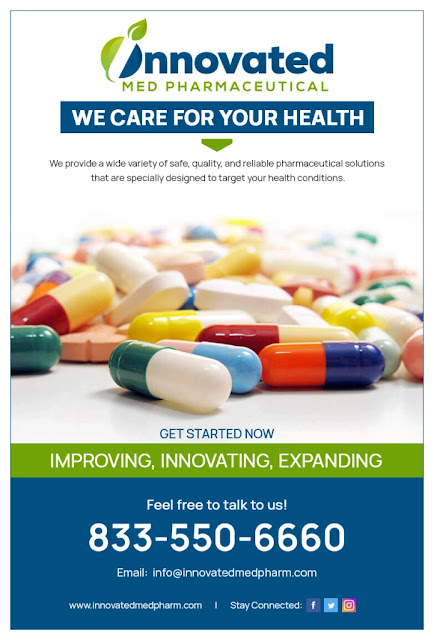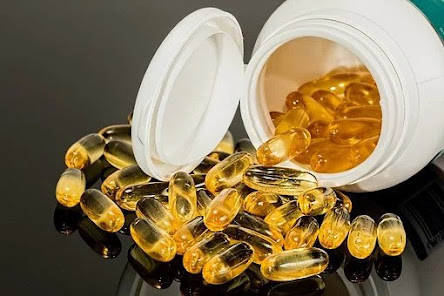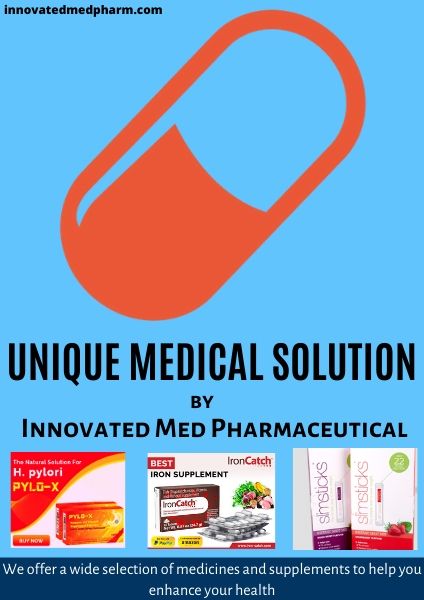Basic Understanding of Pharmaceutical Manufacturing
The pharmaceutical industry is one of the pillar parts of the health care systems throughout the world. There are both public and private organizations who are into pharmaceutical developments. They have the license to discover, develop, manufacture, and market medicines and medicinal products. These industries are based upon scientific research and development of drugs that are used in prevention and treating diseases.

As time advanced, there have been continuous technological and scientific advances which help quickening the discovery and expansion of innovative pharmaceuticals. The Formulation of Pharmaceutical Solutions tries to develop medicines and other medicinal products with improved therapeutic activity which can have fewer side effects. An entire team of molecular biologists, medicinal chemists, and pharmacists work create the products which can have increased potency and specificity.
Drug manufacturing is an industrial-scale work. Thus, the entire process is broken down into a series of unit operations by the pharmaceutical companies. Milling, granulation, coating, and tablet pressing – these are some of the potential parts of the process.
Pharmaceutical manufacturing steps
There has to be a constant flow of raw materials and energy feeding into the system at a constant rate to keep on the manufacturing. Simultaneously, a continual extraction of output products is equally essential. The stability of the material flow rate is directly proportional to the process performance. For instance, if a company is manufacturing a powder-based medicine, it is essential to feed powders consistently and accurately so that the rest of the succeeding lines are maintained. Feeding is characteristically the base step in manufacturing. Depending on the feeders, the rest of the performance reliability as well as accuracy can be calculated.
With pharmaceutical manufacturing, there is a big step when a wide range of non-active ingredients are blended with the active pharmaceutical ingredients. This combination needs to address many variables that include particle size distribution, the particle form (such as rods, cubes, spheres, plates, etc.), the content of moisture, particle surface properties (like cohesion and roughness), and powder flow properties.
During the manufacturing process, milling happens to be a mandatory process that reduces the average particle size in a drug powder. This helps to maintain the homogeneity and dosage uniformity. It is also done to increase the solubility of the drug compound.
Wet granulation and dry granulation are the two types of granulation and can be considered as the opposite of milling. Small particles are interconnected to create larger particles called granules. Granulation is done to avoid the mixing of components and to keep all of the ingredients in their required proportions. This helps to improve the flow characteristics of powders and keep the properties for tablet formation intact.
The above process offers a simple understanding of pharmaceutical manufacturing. For specific products, the details and processes can vary.
Innovated Med Pharmaceutical works towards enhancing the overall health of the community by developing safe, and reliable pharmaceutical products. The exceptional customer-centered service is one of the many things that make this pharmaceutical manufacturer different than its competitors. To find out about its products and other details, visit https://www.innovatedmedpharm.com/.




Comments
Post a Comment